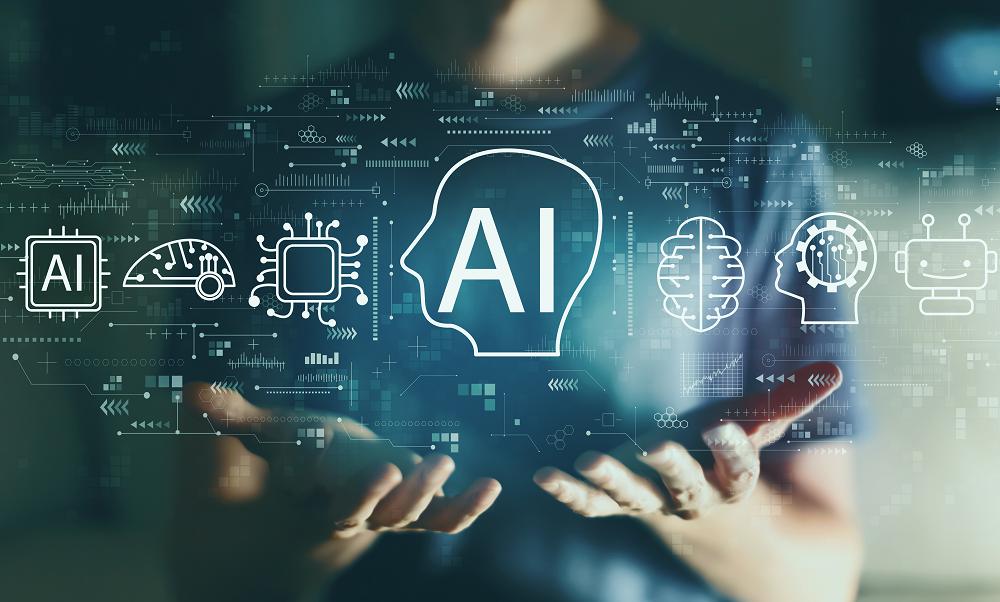10 Revolutionary AI Innovations: Adobe, Google, and OpenAI
The recent Adobe Max event showcased groundbreaking AI integrations in their tools and features, while Google and OpenAI also made impressive announcements.
From realistic images to generative designs, AI is transforming how we create. This blog post will explore the exciting updates and how AI shapes different industries.
Adobe Max Unveils Powerful AI Integrations
Several new features were announced during the Adobe Max event, revolutionizing the creative process. Firefly Image 2 allows the creation of remarkably realistic images, while Adobe Premiere now includes text editing capabilities.
Adobe Illustrator introduces the game-changing ability to convert text into vector graphics. These scalable and editable graphics can be created effortlessly, providing designers with new possibilities and saving them valuable time.
Generative AI: A Rocket Design Marvel
One of the most awe-inspiring features showcased by Adobe was the generative AI for rocket design. Using this technology, designers can easily adjust individual parts of a rocket ship and completely change its appearance.
The flexibility offered by generative AI opens up a world of possibilities in aerospace engineering, allowing for rapid prototyping and design iterations.
Copy Styles and Vector Creations
Another exciting demonstration at Adobe Max was the ability to copy styles from one image to another, enabling effortless colour matching.
This feature streamlines the workflow for designers and ensures consistent visual aesthetics. Creating flat vector images and seamlessly integrating text also make designing beautiful postcards and other graphics a breeze.
New Features by Adobe: Project Scene Change, Project Primrose, and Glyph Ease
Adobe also unveiled a range of new features that took everyone by surprise. Project Scene Change leverages point cloud data to generate life-like scenes with people in different locations, perfect for video editors and filmmakers.

Project Primrose enables real-time colour and appearance changes for clothing in videos, simplifying the post-production process. Glyph Ease automates the creation of font styles, saving designers precious time by automatically matching selected letters.
Google’s AI Initiatives Make Waves
Google made its waves in the AI space with two significant announcements. Their generative search feature allows users to generate AI images directly in search results, revolutionizing how we search for visual content.
On the other hand, Chrome now utilizes AI to organize and reorder tabs for a smoother browsing experience automatically. These developments showcase Google’s commitment to enhancing user experience through AI integration.
OpenAI’s Game-Changing Updates
OpenAI is getting ready to unleash significant updates to its API, rewriting the rules of AI development. Developers can expect vision capabilities, opening up new avenues for AI-powered applications.
The added memory storage will enable more complex and sophisticated models to be developed. These updates are not only exciting for developers but also hold the potential to significantly reduce costs, making AI more accessible to businesses and users alike.
AI in Entertainment and Beyond
The impact of AI is not limited to tech giants. Even in the entertainment industry, AI is making its mark. Disney showcased a new robot character trained with reinforcement learning, blending technology and creativity.
However, concerns have been raised regarding potential job losses to AI-generated imagery. To address these concerns, actors advocate for the ‘No Fakes Act’ to protect against the unauthorized use of digital replicas.
Overcoming Challenges and Harnessing the Power of AI
While AI offers immense potential, some challenges need to be addressed. The cost of implementing AI technology is still high, making it difficult for businesses to achieve profitability.
AI companies must focus on making AI more energy-efficient and utilizing smaller models with smaller GPUs to reduce costs. Additionally, the ethical implications and intellectual property concerns surrounding generative AI need careful consideration.
AI Predictions for COVID and Beyond
AI continues to play a vital role in combating the COVID-19 pandemic. It aids in predicting future virus variants, facilitating the development of vaccines in advance.
By analyzing vast amounts of data, AI helps researchers make informed decisions and prepare for potential variants of concern. This application of AI showcases its potential not only in healthcare but also in addressing global challenges.
Conclusion:
The recent developments in AI by Adobe, Google, and OpenAI have demonstrated the vast potential of this groundbreaking technology. AI is transforming various industries, from enhancing creative workflows to improving user experiences.
However, addressing challenges such as cost, ethics, and intellectual property is crucial. As AI continues to evolve, it is essential to harness its power responsibly and shape a future where AI benefits humanity.

